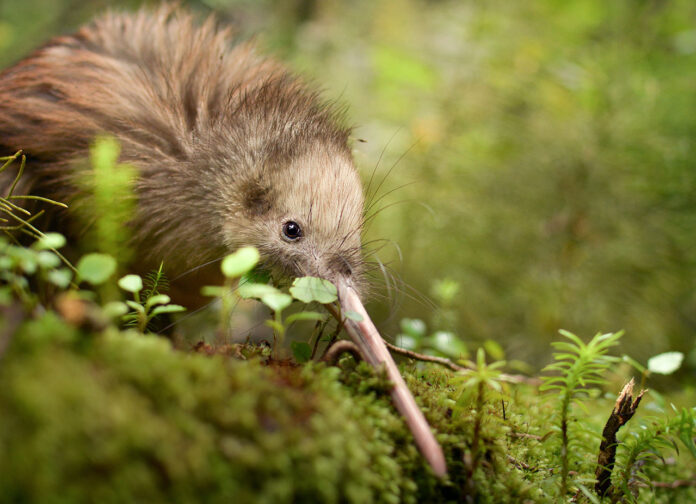Source: MakeLemonade.nz
Christchurch – New Zealand is home to more than 230 native bird species which aren’t found anywhere else in the world.
With one in three threatened or near to extinction, the Department of Conservation (DOC) needs to take innovative approaches to ensure their survival.
New Zealand’s national bird, the kiwi, is one of these threatened species. There are only about 68,000 kiwi left, and they’re disappearing at a rate of about 20 per week. DOC is using predator control and raising chicks in captivity and doing genetic research to raise the kiwi numbers.
To understand the impact of these conservation efforts, and identify which tactics are working, it’s essential that DOC can accurately measure and monitor kiwi populations.
As part of their kiwi monitoring programme, DOC placed microphones in Fiordland kiwi habitats. Here, an extensive but dwindling population of kiwi is spread across almost one million hectares of forest.
These recordings created 2000 hours of audio, split into 8000 15-minute recordings. Each recording needed to be listened to and tagged for kiwi calls so DOC scientists could track where and how many kiwi were in the area.
With such a large and unstructured data set, manually locating kiwi calls in each file was a huge task. It would take 12 straight weeks, morning and night, just to listen to all 8,000 audio files. On top of this, identifying kiwi calls is incredibly difficult, with ambient forest noise and other bird, insect and animal sounds obscuring the audio.
DOC challenged intelligence management company Qrious to develop a model that could automatically identify kiwi bird sounds within audio recordings faster and more accurately than human-based approaches.
The tool can now automatically convert each recording into 128 cropped image frames and find kiwi sounds within them. If the model believes there is a kiwi in one of the frames, it identifies when and automatically converts that frame back into a sound snippet for DOC’s team to identify.
DOC can now consider integrating the machine learning model into its wider monitoring programmes and this model will have significant impact on our efforts to help save our endangered birds.
With an accuracy rate of 80 percent for identifying kiwi birds this model can potentially save DOC thousands of hours in listening and analysis of audio recordings.



